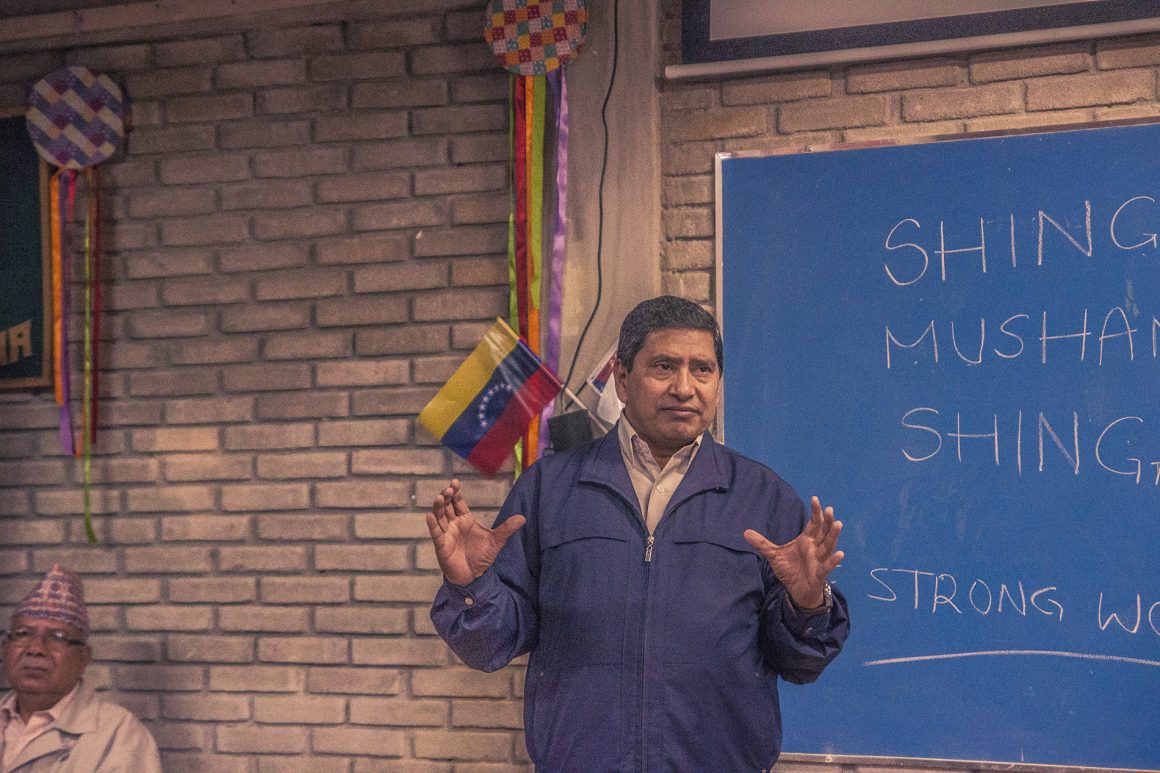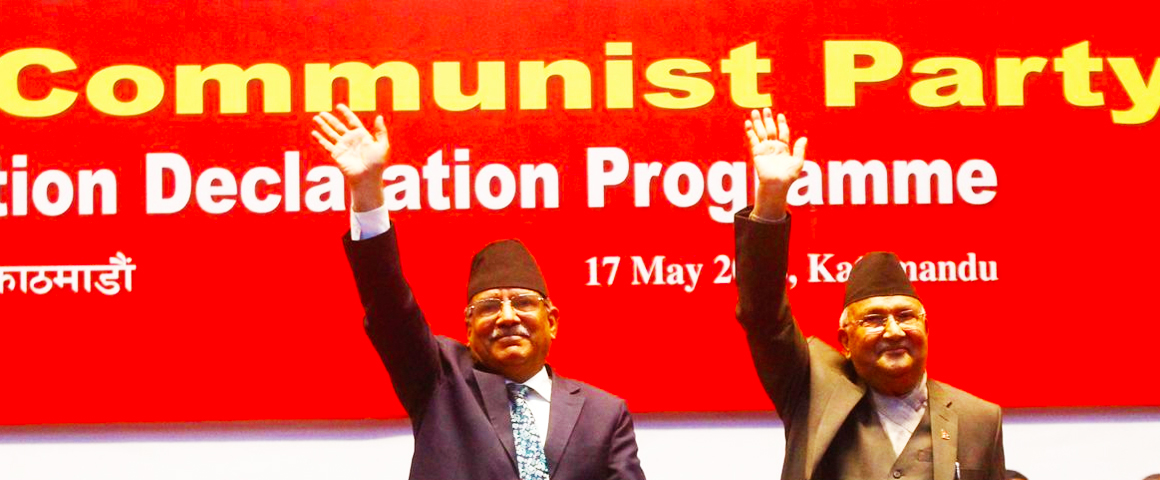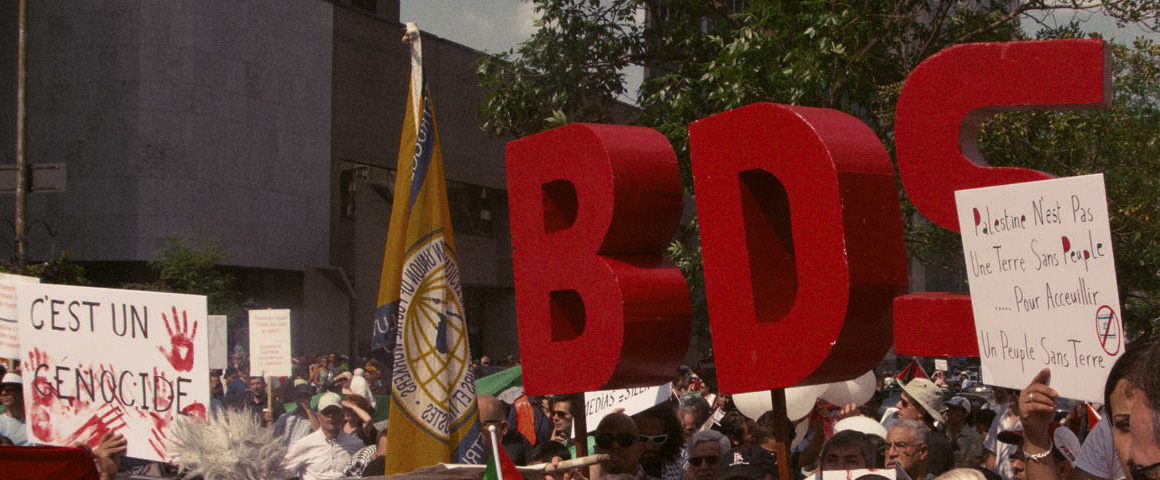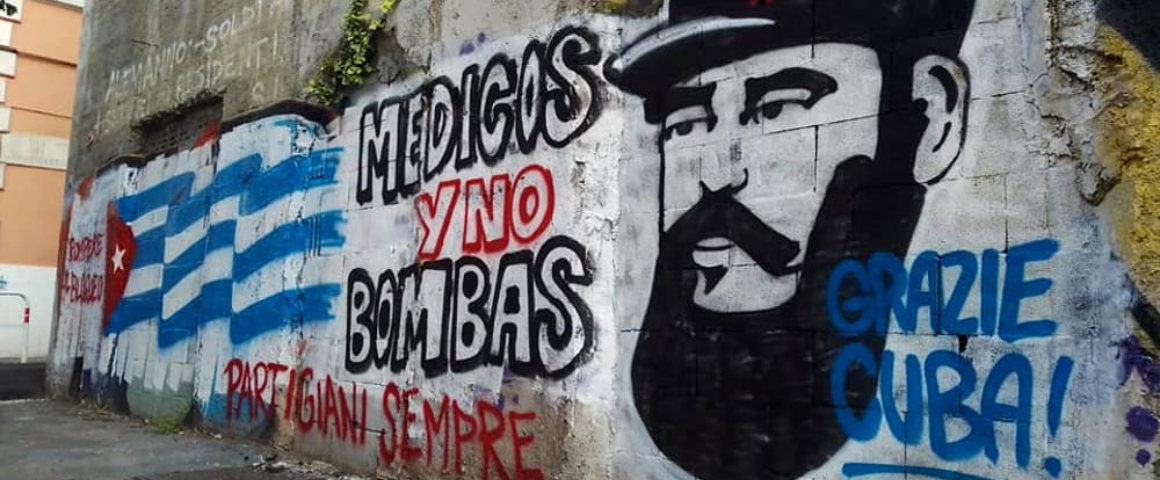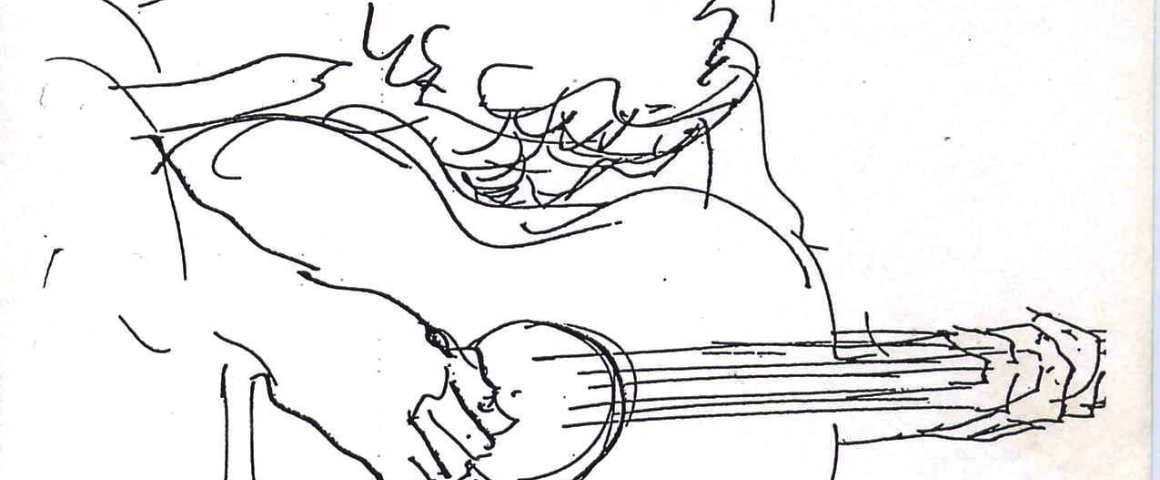The main group of Nepal’s Maoist former rebels and the Communist UML party merged on May 17 to form the Himalayan republic’s biggest left party. Officials said the two constituents of the ruling coalition had formed the Nepal Communist Party, which now heads the nation’s first majority government in 19 years.
In last year’s general elections, the two parties had formed an electoral alliance, defeating the centrist pro-India Nepali Congress Party. The two have now come together to form the Nepal Communist Party, which has friendly relations with China, and controls 174 seats in the 275 member parliament.
Nepal, a mountain country between China and India, had 10 government changes after the abolition of monarchy in 2008. The lack of government stability retarded growth and slowed reconstruction after a devastating earthquake killed 9,000 people in 2015.
Nepal’s PM, K.P. Sharma Oli, the former UML leader, and Prachanda, the long-time Maoist who led a decade-long armed conflict against state forces, will co-chair the new group until political delegates elect a new leader in two years.
“We are committed to … economic prosperity with social justice,” Prachanda said announcing the formation of the new party before hundreds of cheering supporters.
Earlier, Oli held a joint meeting of the unified party at the PM’s official residence in Baluwatar. At the meeting, leading members of the NCP took the oath of office and secrecy, following which Oli and Prachanda administered the oath of office and secrecy to each other. As per the terms of agreement of the unification of the two parties, Oli and Dahal will lead the unified party and a nine-member secretariat, and enjoy equal power.
It was also decided to transfer all the properties registered in the name CPN-UML and CPN-Maoist Centre to the new party.
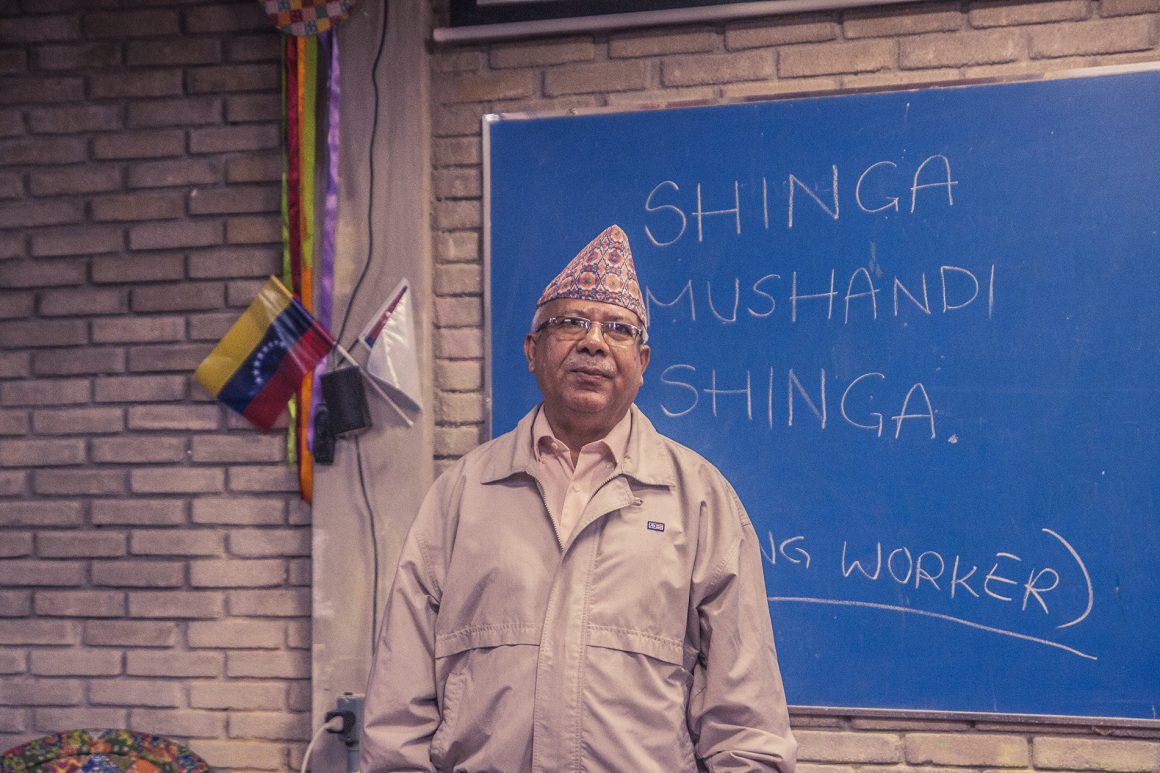
After the meeting, top leaders went to the Election Commission to inform it about the unification of the two parties. The election symbol of the NCP is a “sun”, which was also the election symbol of the CPN-UML, the party which won the largest number of seats in the election last year. Under Nepal’s Election Commission rules, registered parties must have 33% women in their central leadership bodies; the NCP says it will meet this requirement at its next congress.
Analysts said the unification would have regional implications, as China and India offer aid and investment in infrastructure like roads and hydroelectric power plants. But the new party has an ideological affinity with the Chinese Communists, and opposes the Hindu fundamentalist and pro-imperialist policies of the Modi government of India. The political shift in Nepal may be a positive sign for the political Left in India as national elections near in that country.
